Comic Characters and Cartoonists
Skip to commentsSnoopy, Olive (Emi Burdge) & Popeye (Randy Milholland), Dilbert and Scott Adams, Noah Voelker, Jason Chatfield, and Thomas May.
It’s Snoopy’s world, and Gen Z is just living in it – apparently.
For months, social media platforms like TikTok and Instagram have been flooded with memes, clips and stills of Snoopy in action, clipped from decades-old comic strips and animated TV specials.
Snoopy merch everywhere is selling out, from the online exclusive Build-a-Bear to many of the items in Peanuts‘ collaborations with apparel brands like Aeropostale.
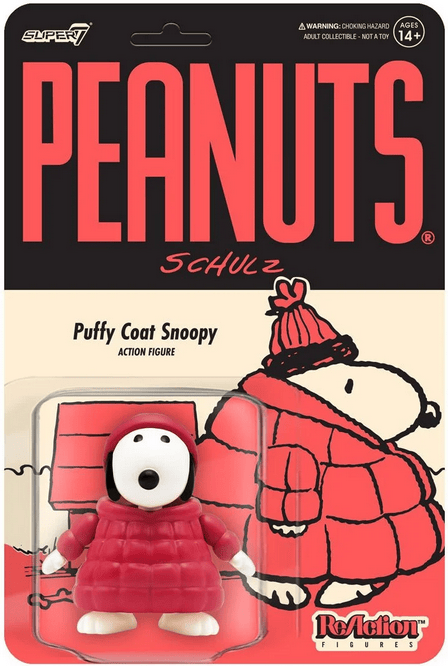
“I think there is a staying power to Snoopy specifically that people are continuing to identify with,” Hannum said.
But why Snoopy, and why now?
Here’s what to know about the craze — and what Peanuts and pop culture experts think might be behind it.
Rachel Treisman for NPR explains the soaring popularity of Snoopy among young people.
**********
Olive & Popeye are back with a new twice-weekly webcomic here at Comics Kingdom, where fans are family. The strip stars two of the most iconic and classic characters that have been around for nearly 100 years, with a rich history in comics.
Olive and Popeye, published twice weekly, is done alternately by webcomic creator Randy Milholland and comic writer and artist Emi Burdge (following Shadia Amin’s departure).
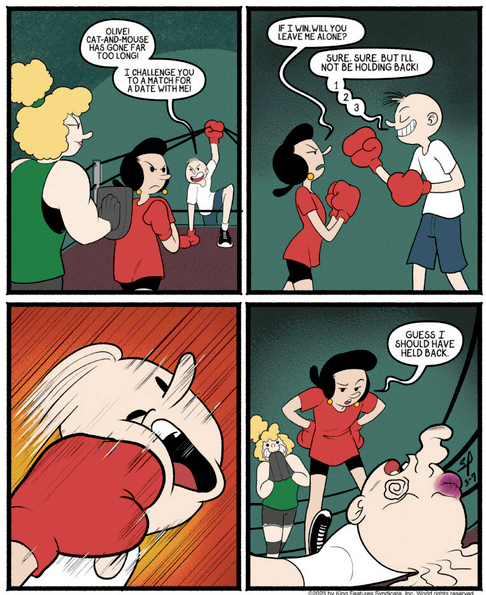
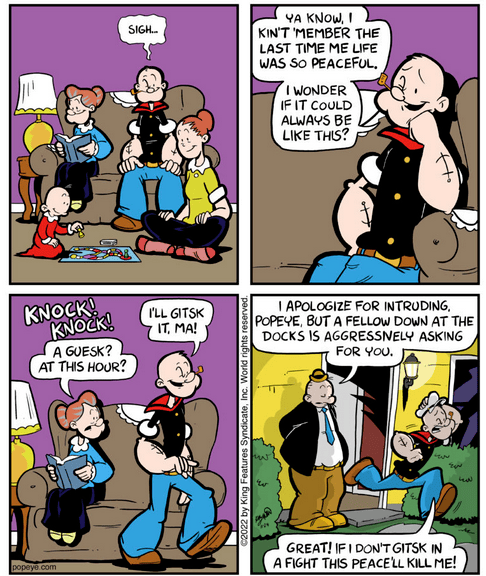
Randy, best known for the Something Positive webcomic, which has been running since 1999, is also the latest cartoonist to write and draw Popeye for King Features after creating a special Popeye series for Popeye’s Cartoon Club in 2020. He has loved Popeye since childhood, and his knowledge of the Popeye universe is encyclopedic!
Emi Burdge graduated from the Savannah College of Art and Design with a BFA in Sequential Art. They’ve worked professionally as a freelance artist for 15 years, working in various styles. They’ve done work with many groups promoting Girls’ and women’s empowerment, and they see Olive Oyl as a beacon of feminine strength.
Nadya Martinez profiles Olive, Popeye, Randy, and Emi for the Comics Kingdom Blog with an audio interview.

**********
Poynter takes “A look back at the best and worst of the news media in 2023.”
A cartoonist made the list for “Dumbest Comments:”
I have to be honest. I hadn’t thought about “Dilbert” in years. But then the cartoon’s creator and writer made headlines after making racist comments on social media. Citing a poll and using a phrase popular among some white supremacists (“It’s OK to be white)…
**********
After he graduated from Trinity Lutheran High School in Seymour in 2020 and arrived on campus at Purdue University in West Lafayette, he attended a callout meeting for the student-run newspaper, Purdue Exponent. This was his chance to finally get his hand-drawn comics published.
Shortly after starting at Purdue, Voelker had one of his comics in print.
“I was super excited,” the 22-year-old recently said. “I always thought it would be cool to have it printed, and I’ve got the whole stack of newspapers, every issue that I’ve been printed in.”
Voelker wound up with quite the stack of newspapers as he continued contributing comics on a weekly basis until graduating Dec. 16.
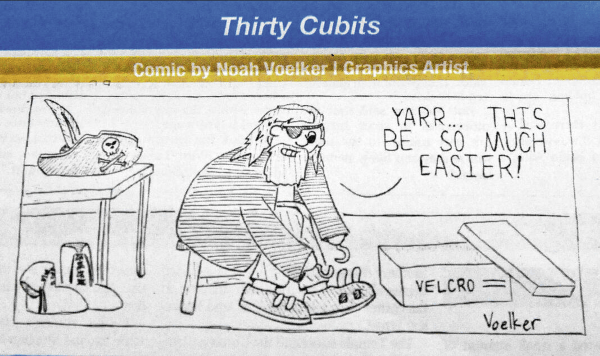
Zach Spicer for The Tribune interviews former student cartoonist Noah Voelker.
At the start, Voelker’s comic strip was called “The B Side,” referring to the B side of a cassette. After realizing it sounded like he was ripping off a huge inspiration of his, Gary Larson’s comic strip “The Far Side,” he changed it to “Thirty Cubits.”
**********
December 4, 2024 will mark 20 years to the day that I did my first live caricaturing gig in Perth, Western Australia. It was awful…
I did a terrible job and I gave the money back to the client out of pure guilt. I shudder every time I think about that wedding…
After 19 years I can say, with shaky conviction, that I have some experience doing this to make ends meet. I’m now one of the only people left in Manhattan who are available to do live caricatures at corporate and private events….

The caricature phase of Jason Chatfield’s cartooning career was going swimmingly, even through the digital revolution – “Then came A.I.”
Jason asks: “Is A.I. Art Killing the Live Cartooning Business?”
**********
In December 1906, Tom May drew an editorial cartoon titled “Forgotten” for the Detroit Evening Journal, a publication that is no longer in service, that has continued to inspire the work of the Goodfellows Club.
In an interview later on, May said he hoped to “spoil Christmas for every man and woman in Detroit who had remembered only themselves.”
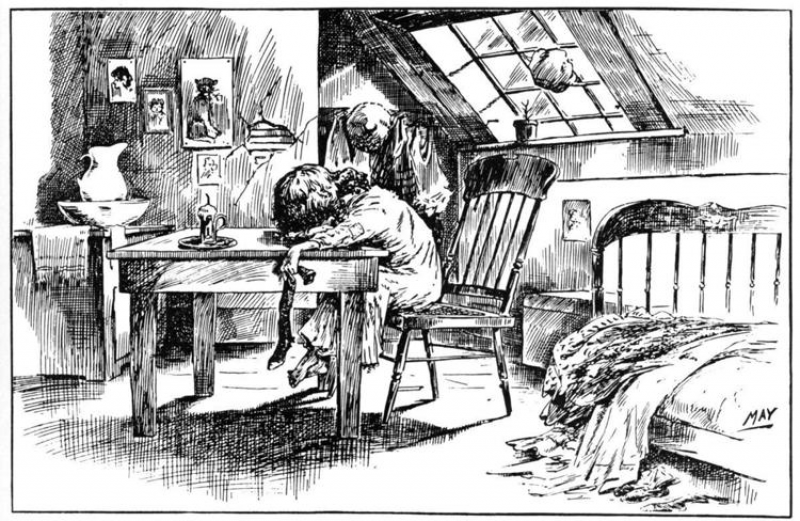
Here’s the story of “Forgotten,” as told by May in 1921:
“The day after Christmas about a dozen years ago, our weekly visitor, the German laundress, arrived at our home before breakfast. It was not our wash day.
“She answered our look of surprise by telling how she had spent a large part of her own Christmas watching a little girl who lived in a hovel across the street.
“With the coming of nightfall, she had crossed the street and asked the child what she had been looking for so patiently all day. With tears in her eyes, the little girl answered that she must have been very naughty because Santa had not brought her one single thing.
“Have yourself a merry merry Christmas
Have yourself a good time
But remember the kids who got nothin’
While you’re drinkin’ down your wine” – Ray Davies Father Christmas
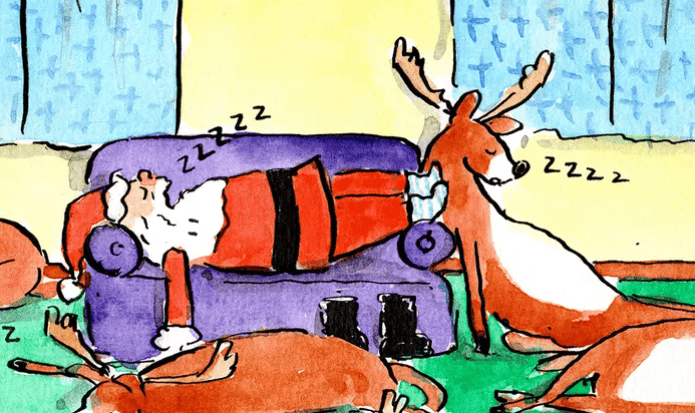
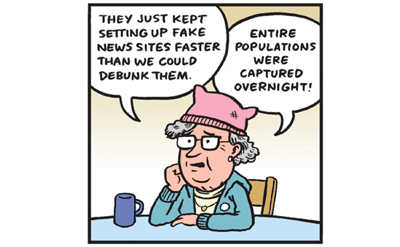
Comments 15
Comments are closed.